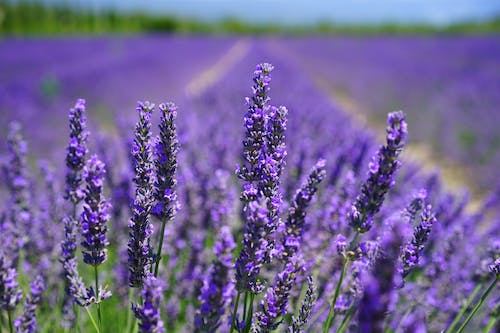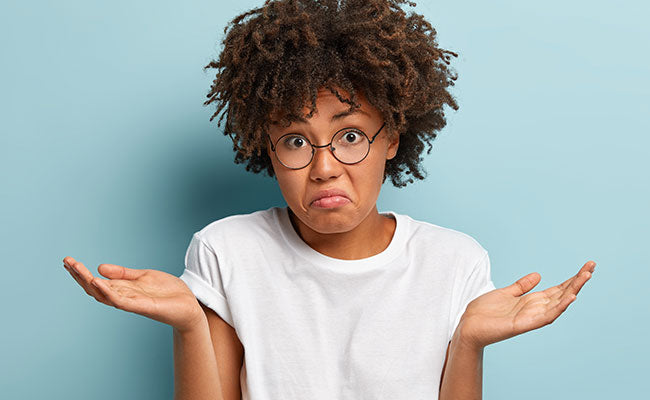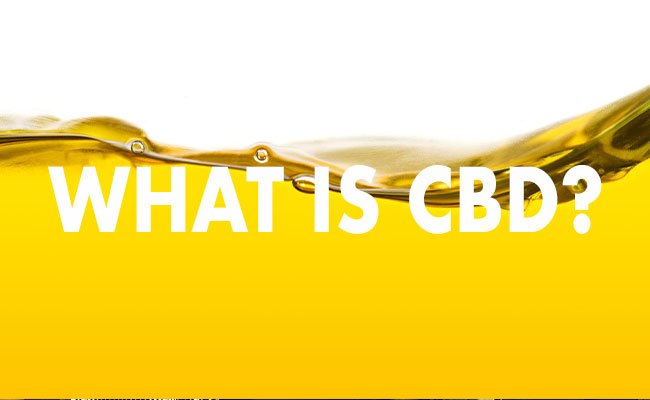
Terpenes 101 | Linalool
WRITTEN BY DR. JESSIE PHIPPS FOX AND DR. SWATHI
Linalool is a naturally occurring compound, called a terpene, found in a variety of plants, including lavender, basil, coriander, rosemary, jasmine, and some cannabis plants [1]. It has a wide range of potential health benefits, including encouraging calmness, promoting relaxation, supporting immunity, and easing discomfort [2,3].
Linalool in Cannabis
Terpenes are known to interact with the body's endocannabinoid system, making them potentially valuable therapeutic compounds. Cannabis plants with linalool in their terpene profile are often used to promote a healthy inflammatory response and alleviate occasional pain as well as for their potential sedative effects.
Inflammation, Occasional Pain, & Linalool
The effects of linalool are thought to be due to its ability to modulate the immune system. In studies, linalool has been shown to inhibit the production of pro-inflammatory cytokines, which are involved in the inflammatory response [4]. Linalool also has antioxidant-like properties, which may contribute to its proposed effect on inflammation [5]–this may involve potential implications for the gut health and skin health [6]. When applied topically, linalool has been shown to reduce local irritation and redness in the skin. When ingested, linalool can help to reduce inflammation throughout the body [7]. In one study where linalool comprised 24.3% of the makeup of a lavender oil being studied, the oil was found to have better inflammatory response than that of ibuprofen at the same dosage [8].
Relaxation, Sedation, & Linalool
Studies have found that linalool may help improve sleep quality [9]. Linalool's exact mechanism of action is not fully understood, but it is thought to work by increasing levels of the neurotransmitter GABA, which has calming effects. GABA is a neurotransmitter that plays a role in regulating mood balance and stress levels [10]. Evidence also suggests that linalool has a direct effect on the central nervous system [11]. Linalool increases adenosine, a sedating hormone that helps us fall asleep [12]. While more research is needed to confirm these effects in humans, linalool shows promise as a natural way to improve sleep and promote a sense overall calmness.
References
- Penniman W. What is Linalool? Cannaglobe. 11 Oct 2018. Accessed 12 Aug 2022. https://cannaglobe.com/what-is-linalool/#:~:text=Linalool%20is%20also%20found%20in%20over%20200%20plant,and%20is%20known%20for%20lavender%E2%80%99s%20pleasant%2C%20floral%20scent.
- Sabogal-Guáqueta AM, Osorio E, Cardona-Gómez GP. Linalool reverses neuropathological and behavioral impairments in old triple transgenic Alzheimer's mice. Neuropharmacology. 2016;102:111-120. doi:10.1016/j.neuropharm.2015.11.002
- Cerchiara T, Straface SV, Brunelli E, Tripepi S, Gallucci MC, Chidichimo G. Antiproliferative effect of linalool on RPMI 7932 human melanoma cell line: ultrastructural studies. Nat Prod Commun. 2015;10(4):547-549.
- Huo M, Cui X, Xue J, et al. Anti-inflammatory effects of linalool in RAW 264.7 macrophages and lipopolysaccharide-induced lung injury model. J Surg Res. 2013;180(1):e47-e54. doi:10.1016/j.jss.2012.10.050
- Pereira I, Severino P, Santos AC, Silva AM, Souto EB. Linalool bioactive properties and potential applicability in drug delivery systems. Colloids and Surfaces B, Biointerfaces. 2018;171:566-578. doi:10.1016/j.colsurfb.2018.08.001
- Peana AT, D'Aquila PS, Panin F, Serra G, Pippia P, Moretti MD. Anti-inflammatory activity of linalool and linalyl acetate constituents of essential oils. Phytomedicine. 2002;9(8):721-726. doi:10.1078/094471102321621322
- Peana AT, D'Aquila PS, Chessa ML, Moretti MD, Serra G, Pippia P. (-)-Linalool produces antinociception in two experimental models of pain. Eur J Pharmacol. 2003;460(1):37-41. doi:10.1016/s0014-2999(02)02856-x
- Xiaotian C, Lanyue Z, Chenyu Qian, Zhiyun D, Peng X, Zhangmin X, Chemical compositions of essential oil extracted from Lavandula angustifolia and its prevention of TPA-induced inflammation, Microchemical Journal, Volume 153, 2020, 104458, ISSN 0026-265X. https://doi.org/10.1016/j.microc.2019.104458.
- Jiang DM, Zhu Y, Yu JN, Xu XM. [Advances in research of pharmacological effects and formulation studies of linalool]. Zhongguo Zhong Yao Za Zhi. 2015 Sep;40(18) 3530-3533. PMID: 26983194.
- Wang ZJ, Heinbockel T. Essential Oils and Their Constituents Targeting the GABAergic System and Sodium Channels as Treatment of Neurological Diseases. Molecules. 2018 May 2;23(5):1061. doi: 10.3390/molecules23051061. PMID: 29724056; PMCID: PMC6099651.
- Lizarraga-Valderrama, LR. Effects of essential oils on central nervous system: Focus on mental health. Phytotherapy Research. 2021; 35: 657– 679. https://doi.org/10.1002/ptr.6854
- Peana AT, Rubattu P, Piga GG, et al. Involvement of adenosine A1 and A2A receptors in (-)-linalool-induced antinociception. Life Sci. 2006;78(21):2471-2474. doi:10.1016/j.lfs.2005.10.025
--
This article was edited by Dr. Swathi and was written by Element Apothec Scientific Communications Intern, Dr. Jessie Phipps Fox. She graduated with a Doctor of Pharmacy (PharmD) from Nova Southeastern University College of Pharmacy in Davie, Florida, and is currently a Medical Affairs / Medical Communications Postdoctoral Fellow in Fort Worth, Texas.











